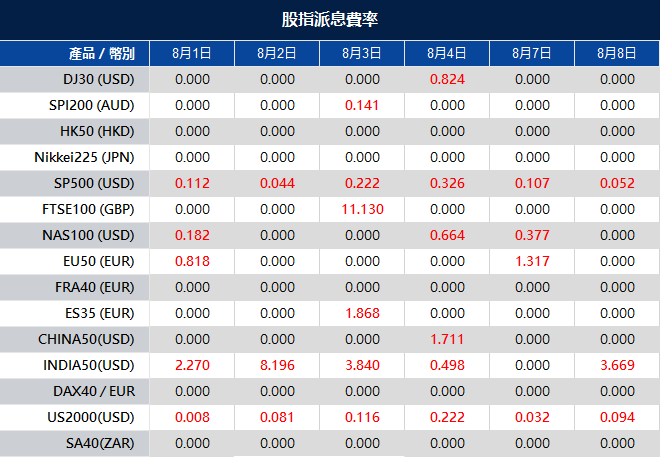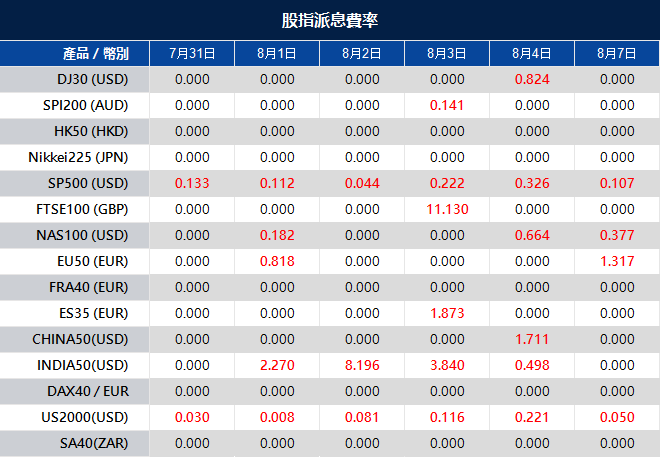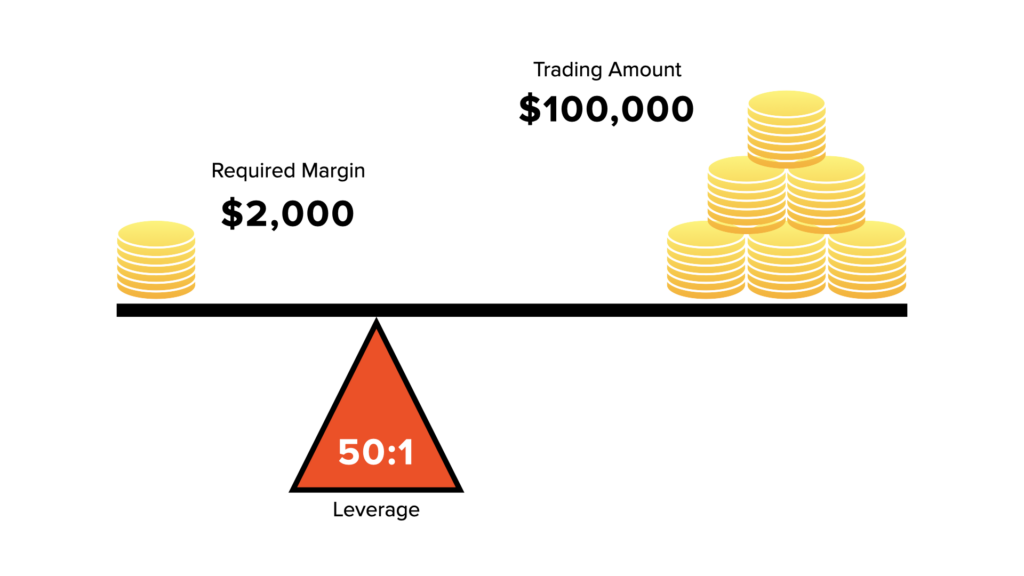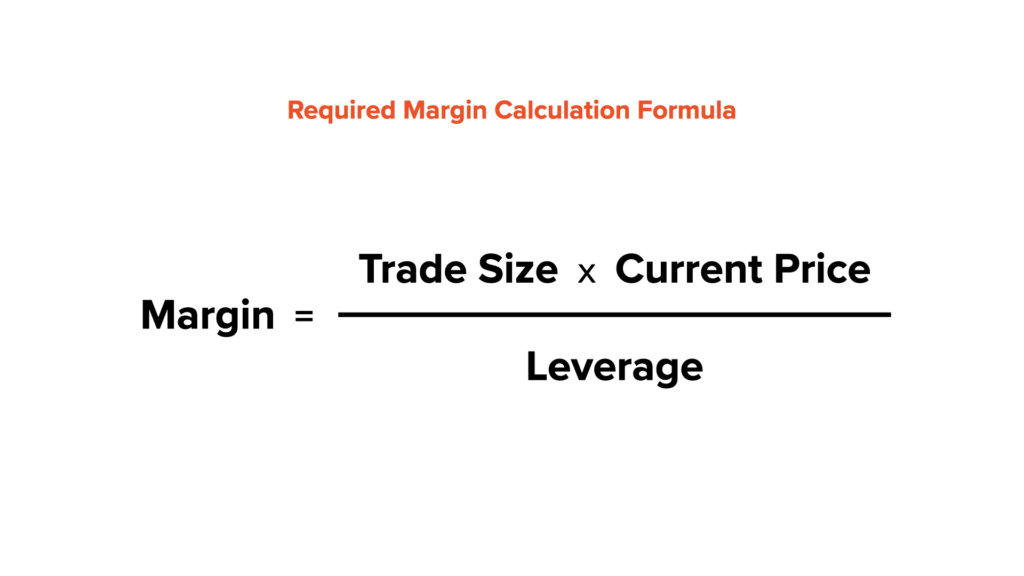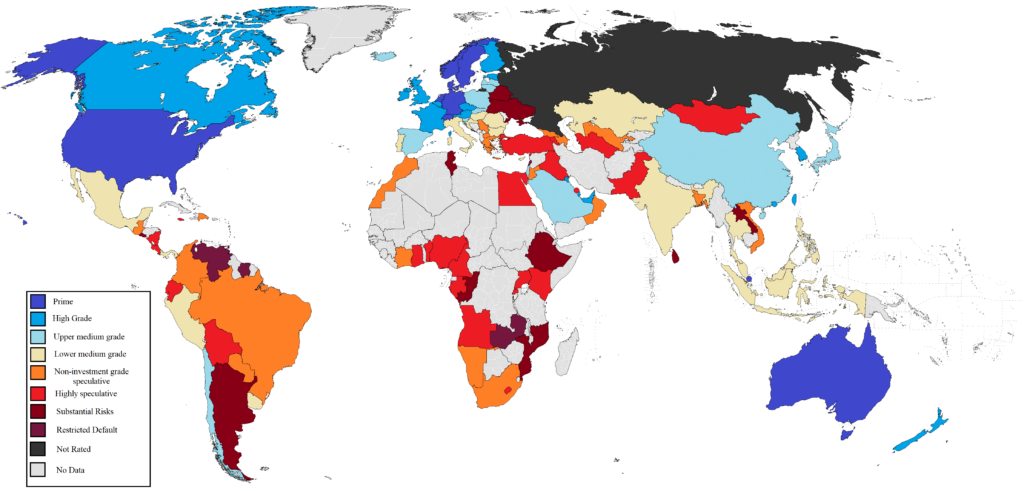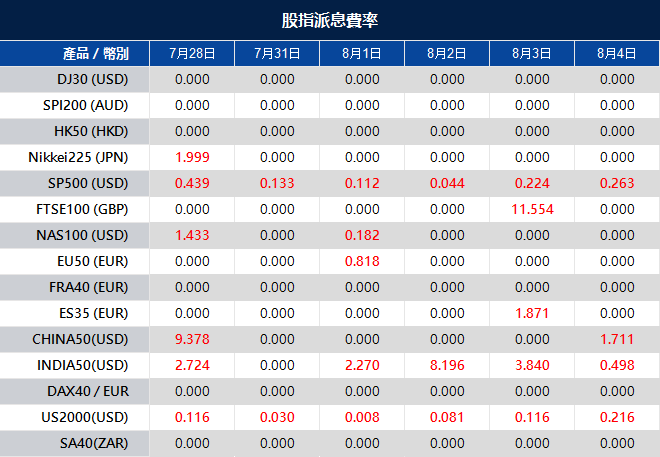Arguably more than any other sector, the world of forex trading has consistently been shaped by the onset of new technology. When the concept of trading assets in a public setting first came about, traders literally used to call out (yes, verbally!) the assets they intended to trade. However, the trading of currencies has evolved dramatically over time — from the days of trading via telegraph and phone, we have now progressed to the age of the internet and artificial intelligence (AI).
Within this new reality, an increasing number of trading platforms are embracing this cutting-edge technology by incorporating AI algorithms to automate specific functions. These AI-driven systems have revolutionised the forex trading landscape, enabling traders to access a wealth of data and analyses at their fingertips.
For those still coming to terms with this transition, here’s a quick guide to the upsides and downsides of AI in forex and what it means for the future:
Benefits of AI in Forex Trading
AI is sometimes viewed with some cynicism as a subpar replacement for human ingenuity. However, in fields like trading, where precision and speed of calculation plays a crucial role, AI can prove beneficial in a variety of ways.
1. Improved Market Analysis
With many companies fully investing in AI, several firms now offer trading platform solutions to automate the nitty-gritty technical analysis that traders used to perform manually. Today, numerous providers offer trading platforms equipped with machine learning and deep learning capabilities. These tools enable AI to utilise neural networks for evaluating a trader’s tendencies and then replicating and streamlining those decisions using algorithms.
Additionally, some AI app providers offer predictive programming tools that allow traders to input statistics and assess the viability of different algorithmic decisions. Utilising AI for technical analysis in these ways relieves the trader from performing laborious tasks, allowing them to focus on developing strategies or conducting more fundamental analysis of global market conditions.
2. Automated Trading Execution
One of the most prominent ways AI can benefit forex traders is through the utilisation of trading algorithms. Essentially, a trading algorithm is a set of rules that can form a foundation for a trading strategy. For example, you can have an algorithm designed around specific cues for when to sell or buy. Alternatively, you could create an algorithm that incorporates specific data sets from particular time periods, using that data as a reference for your trading decisions.
So, how does AI come into play here? AI trading bots provide the simplest way to execute trades based on specific algorithms. All you need to do is grant the trading bot access to your trading platform’s API, instruct it on the algorithms you want it to follow or perform, and it can handle the rest for you. This approach is considerably easier and smoother than coding your own scripts, and less time-consuming than conducting the trades manually.
3. Enhanced Risk Management
Aligned with automated trading, another significant benefit AI offers in forex trading is the creation of algorithms that help you to manage risk.
Minimising the risk of loss is a priority for any investor. Unfortunately, all traders can get caught up in emotions from time to time, leading them to make riskier trades than would normally be wise.
This is where AI comes to the rescue. You can include specific instructions in your AI setup to guide it in entering and exiting trades at specific points. In doing so, the use of AI can help you stick to a desired risk tolerance strategy with greater discipline, preventing you from making poorly thought-out trades that might be driven by emotion.
Challenges and Limitations of AI in Forex Trading
With all the benefits of AI in forex trading, it remains a relatively new technology and, therefore, imperfect tool. As a trader, you should be aware that AI is not a magic wand capable of doing everything, as there are several limitations to consider.
Firstly, the effectiveness of AI algorithms and tools heavily relies on the quality of their data sets. Despite AI’s capabilities with data, inaccurate or low-quality data can render any AI-based predictions unreliable. To avoid this, ensure your data set is clean and updated with current trends.
Secondly, a system must be in place for your AI tool to continually receive new data to adapt to market changes effectively. Strategies built around short-term price movements require a constant supply of new data that must be accurate and delivered with minimal delay.
Lastly, while one of AI’s strengths is its ability to eliminate the potential drawbacks of emotionally driven trading, its purely mechanical processes can sometimes diminish the value of human expertise. When trading forex with AI, it’s essential to maintain involvement in the trading process and analyse all data through your own eyes. After all, maths and engineering—great as they are—are unlikely to replace human intuition anytime soon.
The Future of Forex Trading With AI
With all this in mind, the question remains: What lies ahead? How will AI evolve, and how will these advancements impact forex trading?
While it’s challenging to predict precisely how AI will develop, it’s a safe bet that AI will continue to play a significant role in trading forex for years to come. A study by JP Morgan in 2020 revealed that over 60% of all forex trades that yielded at least US$10 million employed forms of AI. Leading investment banks earned about US$2 billion from algorithmic trading, and 10% of hedge funds in the US and Europe used algorithmic trading to handle over 80% of their total value.
These statistics are expected to climb even higher as AI becomes more refined and as more individuals pursue trading as a viable career or side venture. With the rising demand for AI-powered tools, the market for AI trading tools is likely to improve further, with some predictions estimating the total volume of algorithmic trading to reach US$19 billion in 2024.
In any case, it’s evident that AI is here to stay. As a trader, it’s essential to stay ahead of the game and consider leveraging all the possibilities they provide for your own trading needs. For the unprepared, the road forward might seem incredibly overwhelming. For those familiar with the power of AI, however, the world of tomorrow is filled with opportunity for the taking.
Test out your best AI-based trading strategies completely risk-free. Click here to create your VT Markets demo account and get $100,000 in free credits now.






